Eating with the Seasons: Fall 🍂 Embracing the Harvest
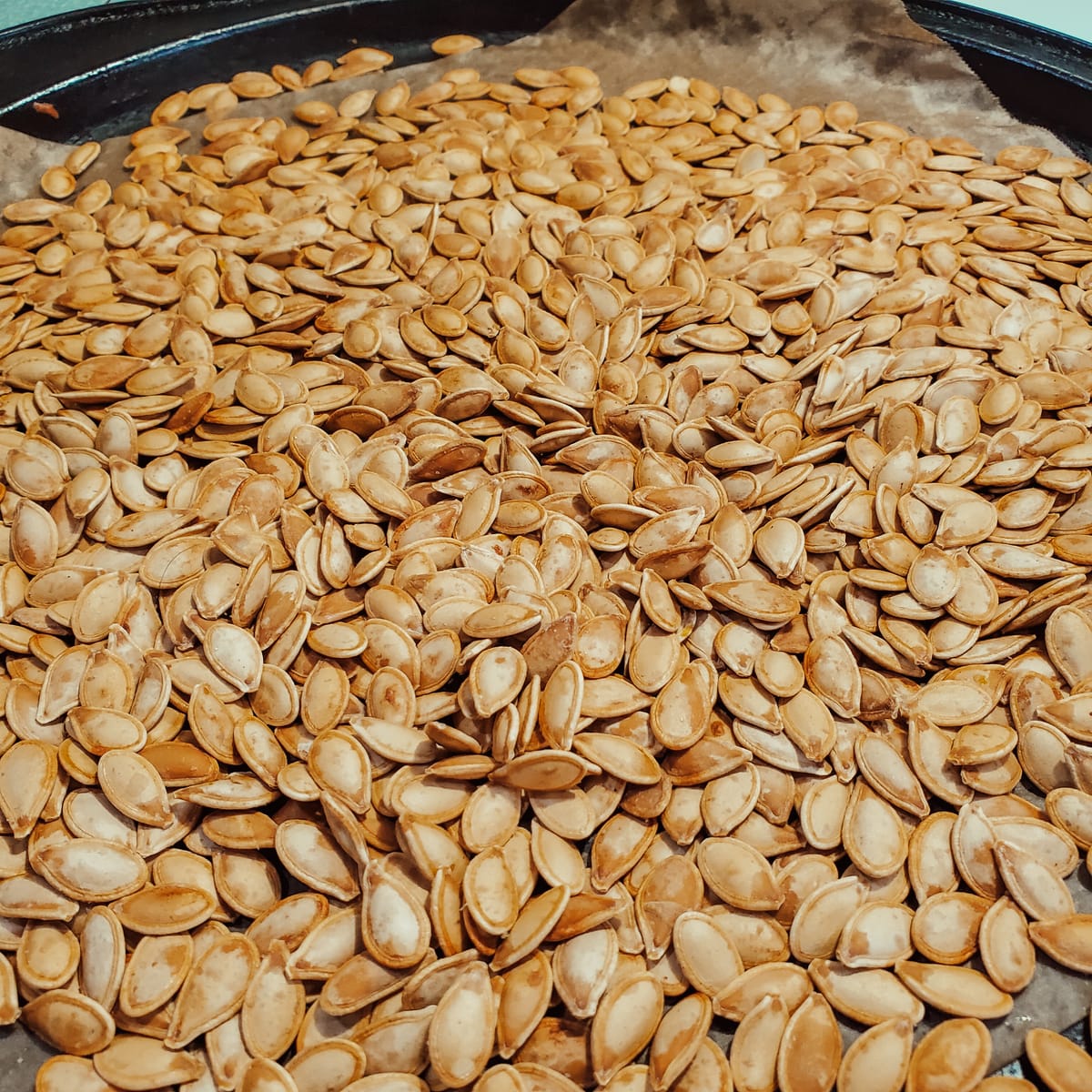
As the crisp air settles in and the leaves begin their descent back into the earth, Fall truly invites us to slow down. It’s a chance to reconnect to the land and savour the bounty after a wild and hectic summer. When pumpkins pile up and apples hang heavy on the trees, we are reminded to not only celebrate the harvest but to change our pace and move with nature‘s rhythms, nourishing our mind, body and soul.
The Autumn Equinox (Mabon Sept 21-23) honours gratitude and abundance and calls us to delight in many different foods currently at their peak. Choosing what’s local and fresh cuts costs, supports farmers, lowers our ecological footprint and boosts nutrition all while grounding us in nature’s healing cycle.
Ready to taste the magic of autumn? Let’s dive into the harvest and discover why it is so beneficial to eat in harmony with the season.
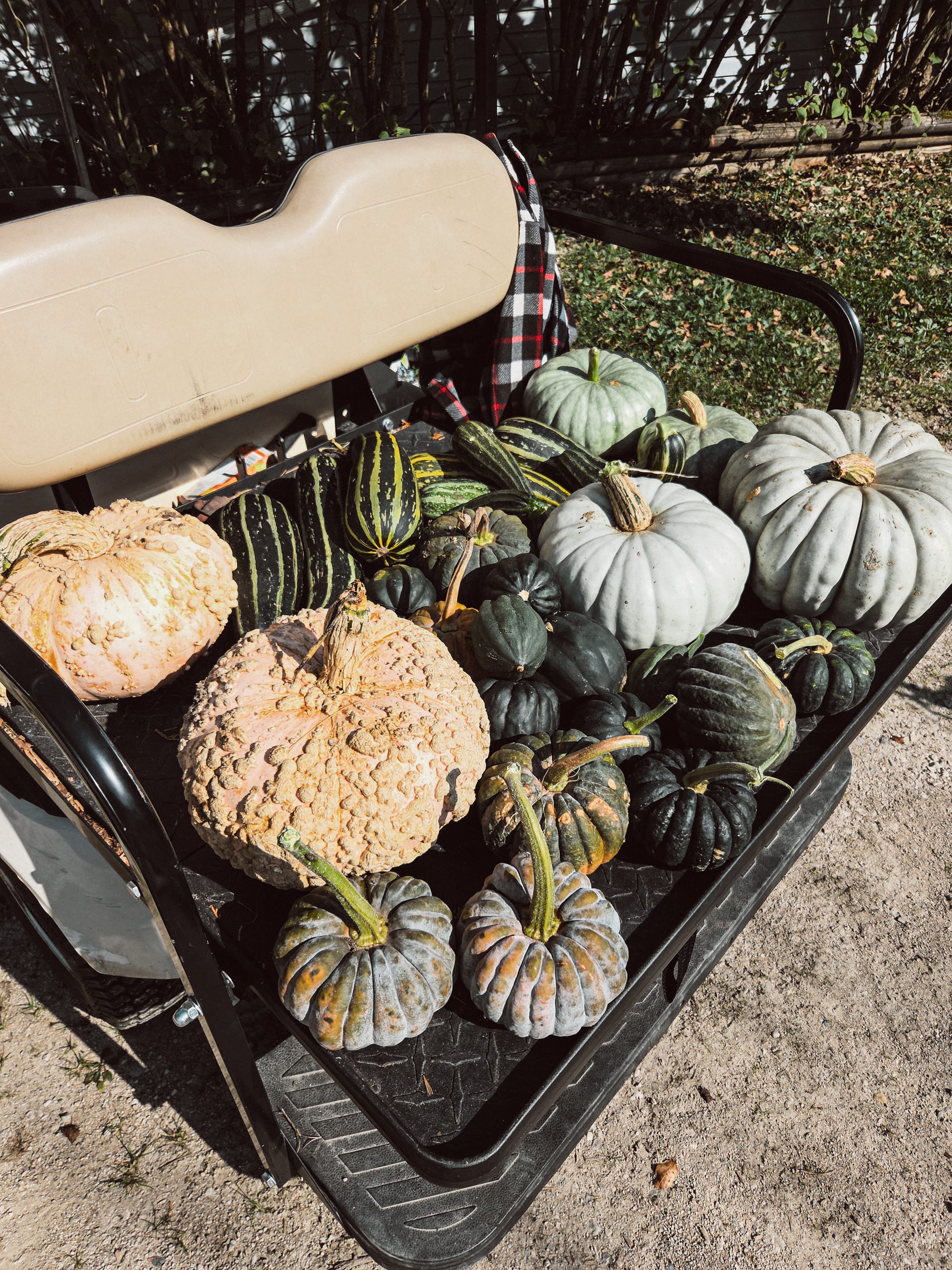
When we choose to eat seasonally over grabbing what’s convenient at the grocery store we are essentially voting with our dollar. When we grow our own seasonal produce we take that a step further and it can be seen as a small act of rebellion or resistance against a flawed system designed to keep us broke, reliant and ultimately discconnected.
Fall’s Star Lineup
Have you ever tasted an apple, pear or peach right off the tree? Or made pumpkin pie with a pumpkin you grew yourself? The taste and connection made is like no other. How many times have you grabbed apples in the spring time only to have them taste sour or completely flavourless. While it is true that some produce keeps very well, some pumpkins for example can last up to 12 months with proper storage. The whole idea of seasonal eating is simply to adapt your diet to whatever is in season. We are shortly after Thanksgiving weekend here in Canada (second monday in October) and we have an abundance of apples, pears, pumpkins, squashes, brussels sprouts, sweet potatoes, parsnips, kale, beets, cranberries and more growing in Ontario.
Some culinary herbs that are currently in season (zone 5b) are; rosemary, sage, thyme, oregano and parsley. I grow a lot of medicinal herbs here on my homestead, so right now I have a second flush of lavender, catnip, and lemon balm growing, and this time of year I am still harvesting; calendula, feverfew, california poppy, tulsi, mint, basil (we just had our first light frost last week and that killed 95% of the basil off, it is not tolerant of frost at all) red raspberry, and chicory. After the first killing frost root herbs are ready to be harvested and those include; burdock root, dandelion root, chicory root, elecampane root, and echinacea root.
Around late October (Samhain Oct 31- Nov 1) it is the perfect time to collect seeds. We do this to honour natures cycles and dormancy. Saving seeds ensures next year‘s garden thrives, reduces costs, and deepens our connection to the land. You can also save seeds for your kitchen like dill, and fennel, and coriander. (Some seeds might need to be collected sooner depending on your area so visit often but be sure to leave some for the wildlife)
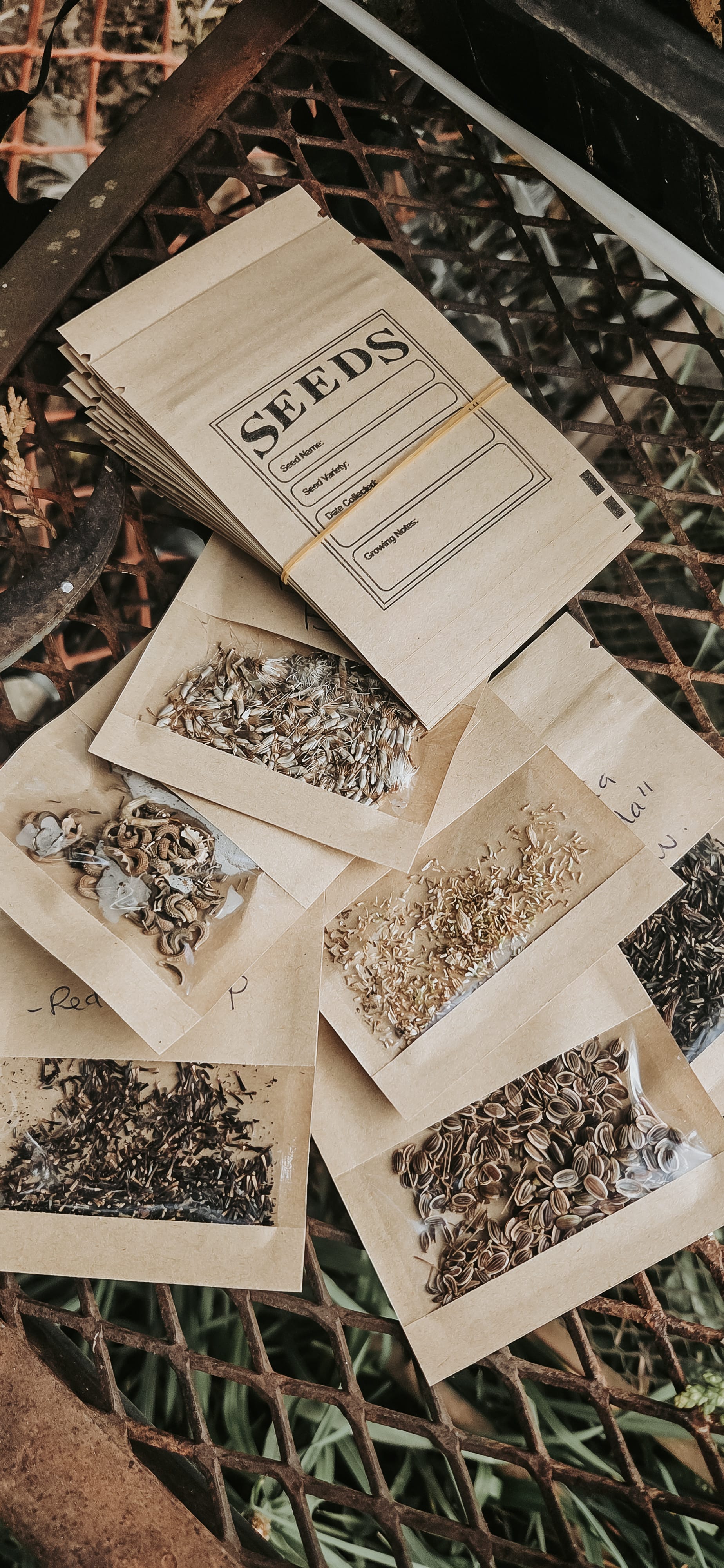
Practical Tip for Eating Seasonally in Fall
If you’re not growing any of fall‘s bounty yourself, the first step to eating seasonally is to support your neighbours, local farmers or friends. Joining a CSA (Community Supported Agriculture) program is a great option. If none of these options are available be sure to check labels at the grocery store, more often than not you will see locally grown or grown in (your area) stickers. Choose that produce over something that has been grown thousands of miles away.
Preservation is key! Having an abundance of apples means making everything from applesauce and apple butter to freezing berries, pies, squashes or drying out herbs. Store and preserve as much as you can to get you through the winter months. Canning is a great way to preserve the harvest. Note: a pressure canner or water bath canner might be needed depending on what you are preserving. Dehydrating is also an option, as well as freeze drying but is quite costly upfront. Don’t forget to roast those pumpkin seeds, they are packed with nutrients and offer a multitude of health benefits such as immune support, improved sleep, antioxidant power and heart health. Pumpkin seeds have also traditionally been used as a natural dewormer for humans and animals.
Meal planning will be your best friend this harvest season. Batch cooking and figuring out multiple meals from one squash or pumpkin for example will stretch your produce and provide versatility in your cooking. Cooking with fresh ingredients makes the most delicious meals.
If you plan to forage for things like nuts, or mushrooms this time of year be sure to always consult local experts or triple check and be 110% with your identification. Puff Ball is a delicious wild mushroom/fungi to forage this time of year. They grow in grassy areas, pastures and near dead decaying trees. They thrive in moist, cool fall conditions.

Connecting with the Season Beyond Food
Eating seasonally encourages us to connect to nature in a way that many are forgetting. Embracing a nature based lifestyle isn’t a fad right now, it is a necessity for survival. So many of us are tired, sick and/or lack connection to the natural world around us. When we get outside to gather the harvest, or visit a pumpkin patch or orchard we are boldly choosing to connect to our surrounding ecosystems over places we have never seen and will never visit. Witnessing the seasonal shifts can be a profound experience. It can be as easy as observing the changing colours, the changing smell of the air or something more personal like journaling or reflecting on/celebrating the Wheel of the Year.
- The Wheel of the Year is a nature-based framework celebrating the cyclical rhythms of the seasons through 8 festivals and sabbath and are rooted in ancient agriculture and solar cycles. This includes the solstices and equinoxes as well as cross-quarter days. The Wheel of the Year honours the Earth’s shifts inviting connection to nature through seasonal food, foraging, planting, seed gathering and celebration. It is a flexible guide that encourages mindful living in harmony with the land‘s ever turning cycles.
Journal Prompts for this Season
- What abundance have you experienced this year, whether in relationships, personal growth, or small joys?
- How can the act of preparing or preserving fall’s harvest deepen your gratitude for the season?
- Where in your life do you feel balanced and where do you seek more harmony? How can incorporating seasonal foods support your journey toward balance?
- Write about a moment when preparing a seasonal dish felt like celebrating autumn‘s wonder, can you bring this feeling to more of your meals?
- Spend some time observing fall’s changes (e.g falling leaves, crisp air). What does natures’s shift into fall teach you about your own life?
- Looking ahead, how can seasonal eating help to ground you and prepare you for the quiet of winter?
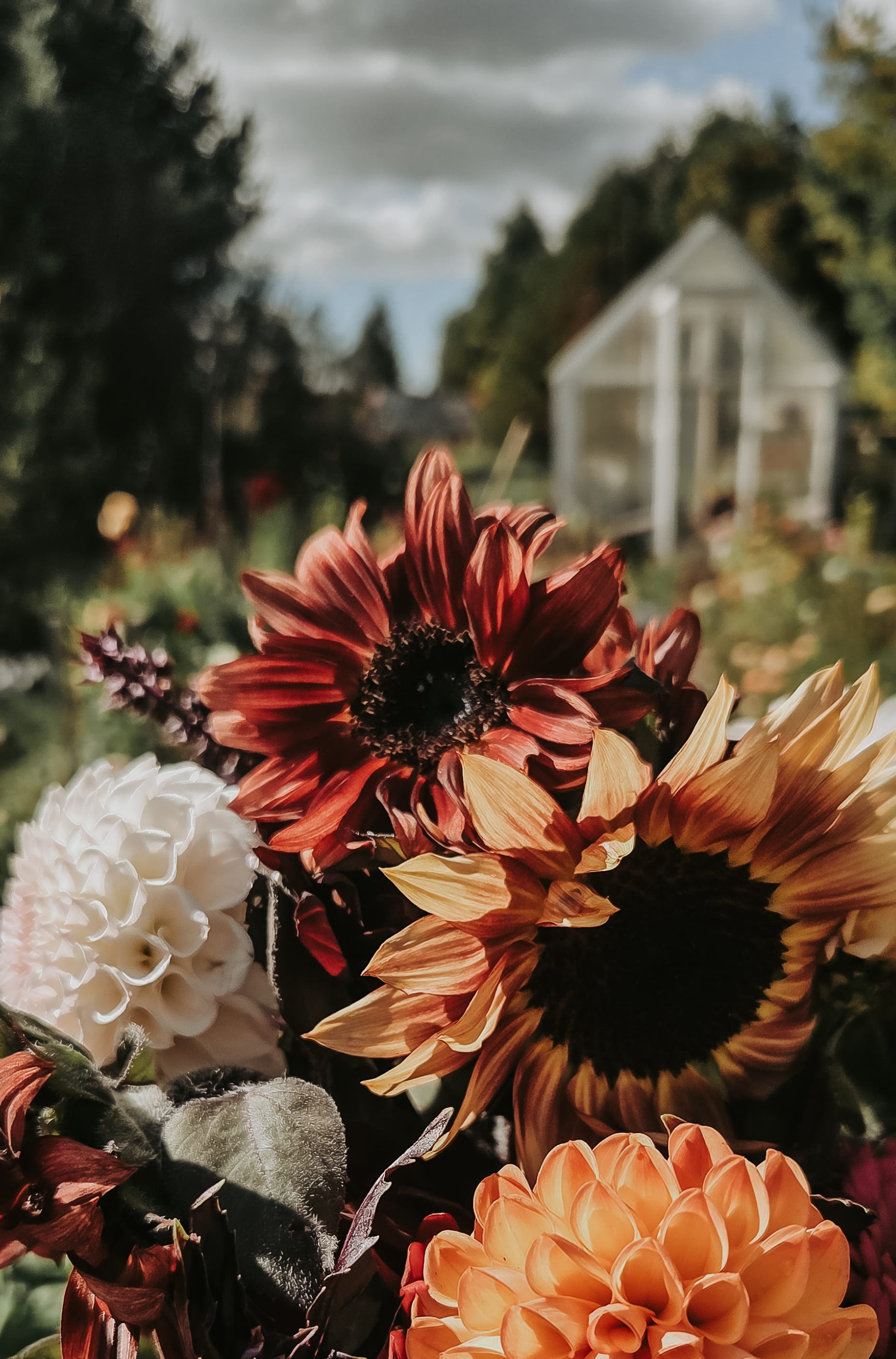
Fall invites us to honour the harvest and find balance in our lives, and there’s no better way to do so than through seasonal eating. As you savour the rich flavours of fall - crisp apples, sweet acorn squash or hearty greens - take a moment and to reflect on your own abundance. Let each meal be an invitation to embrace tradition, connect you to earth‘s cycles and rhythms and to taste autumn‘s fleeting embrace.
I'd love for you to share your favourite fall recipe in the comments. What is something you make or love to eat this time of year?? For me, it’s making cranberry sauce for Thanksgiving. It doesn’t really feel like fall until I’ve made and canned this up for the season.
Nourish your body, celebrate the season. ~ K
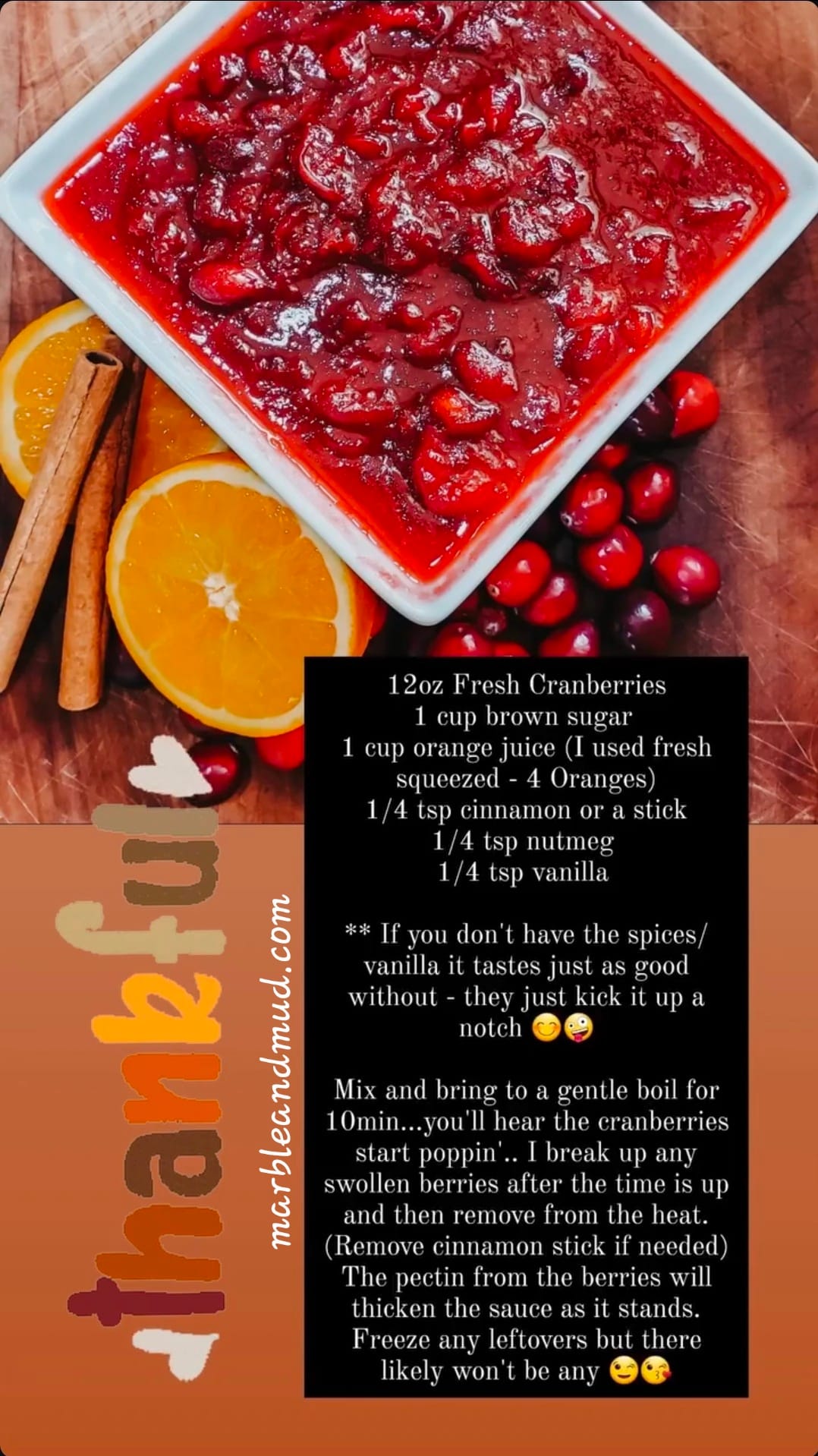
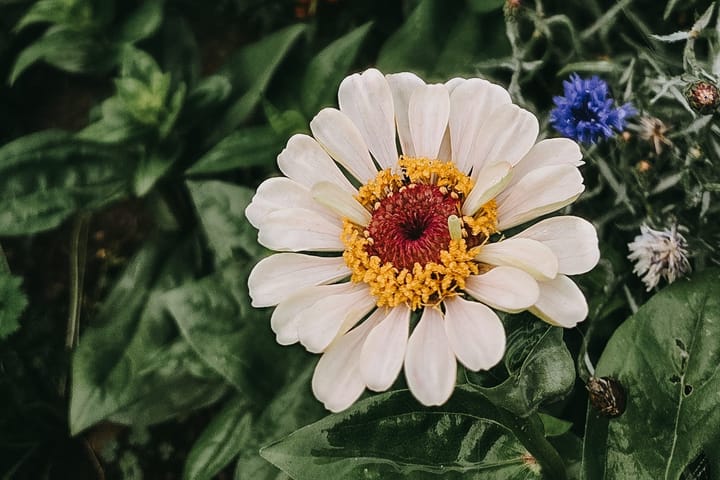
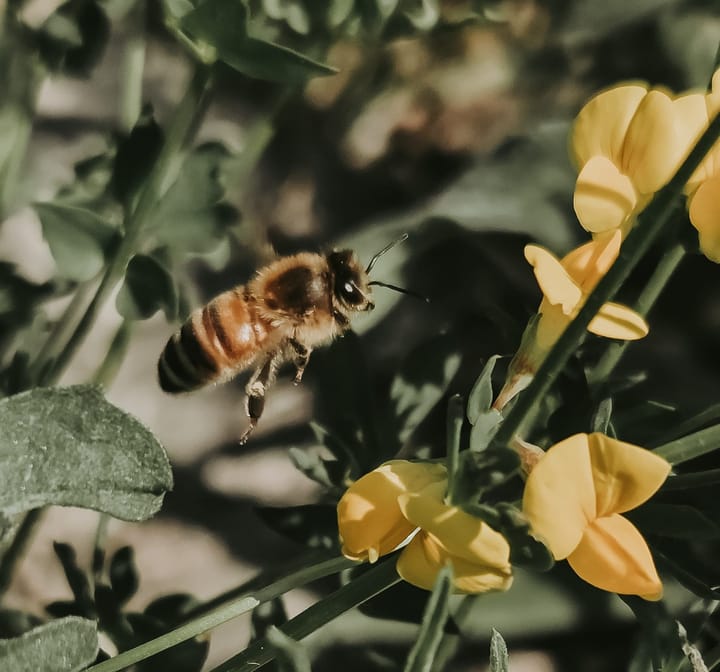
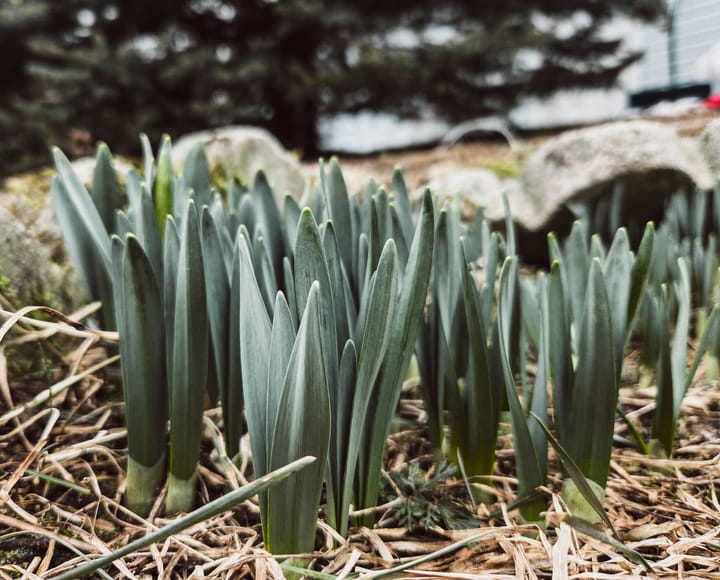
Comments ()